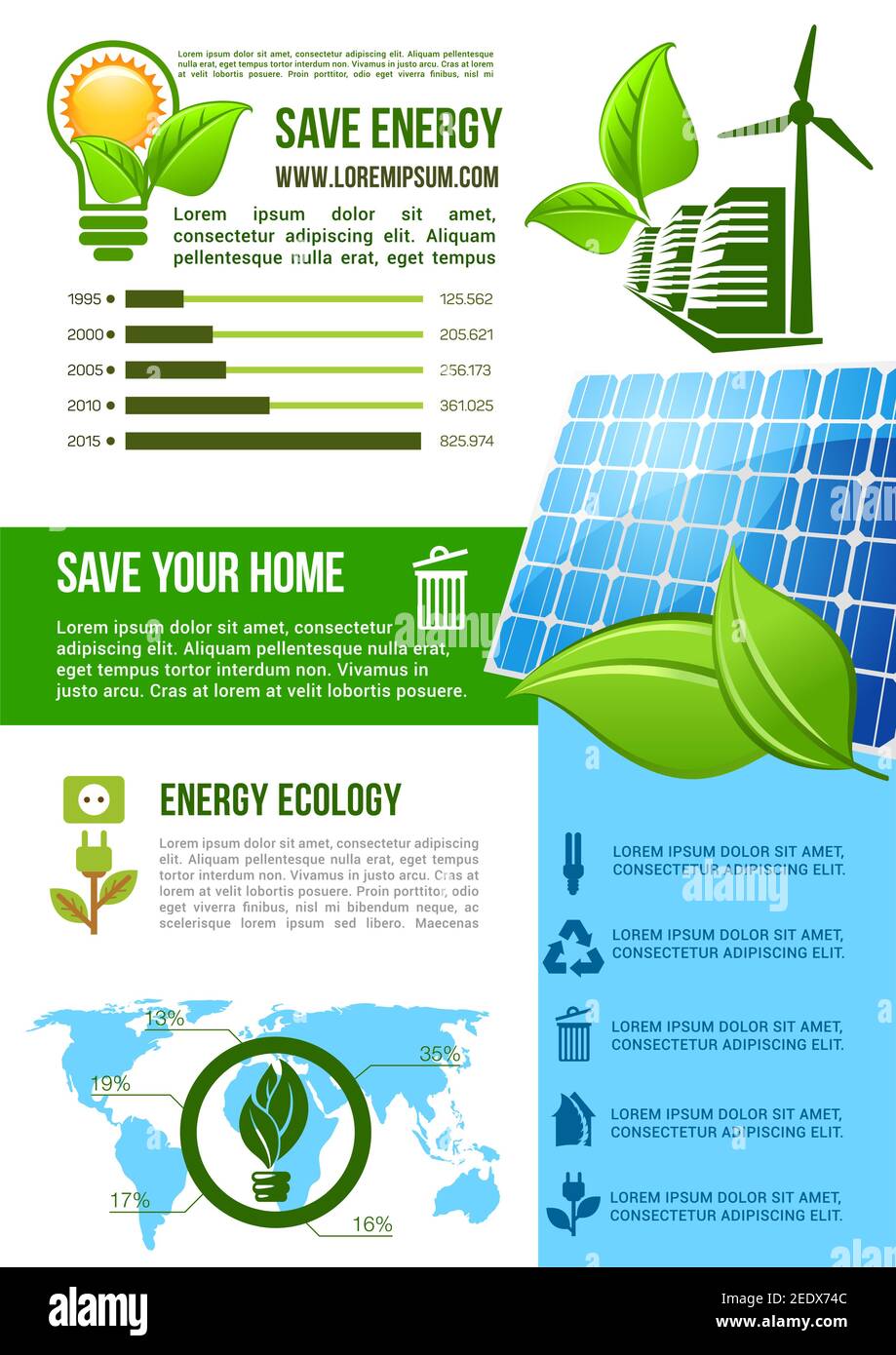
💌 Conservation of energy sources. Conservation of energy. 20221117
In 2021, natural gas accounted for 57% of Virginia's total electricity net generation, nuclear supplied 30%, renewables—mostly biomass and solar energy—provided 9%, and coal fueled less than 4%. The Bath County Pumped Storage Station, the largest power plant in Virginia by capacity with a net generating capacity of 3,003 megawatts, is the.

The Future of Renewable Energy Storage PostCOVID in North America for 2021
Energy conservation studies have been increasingly focusing on neurological and systemic diseases, especially regarding symptoms of fatigue and pain.. study protocols; participation of adults (≥18 years); addressing any pathology whose clinical chart requires moments of rest, or control of pain and/or fatigue, and joint protection; updates.
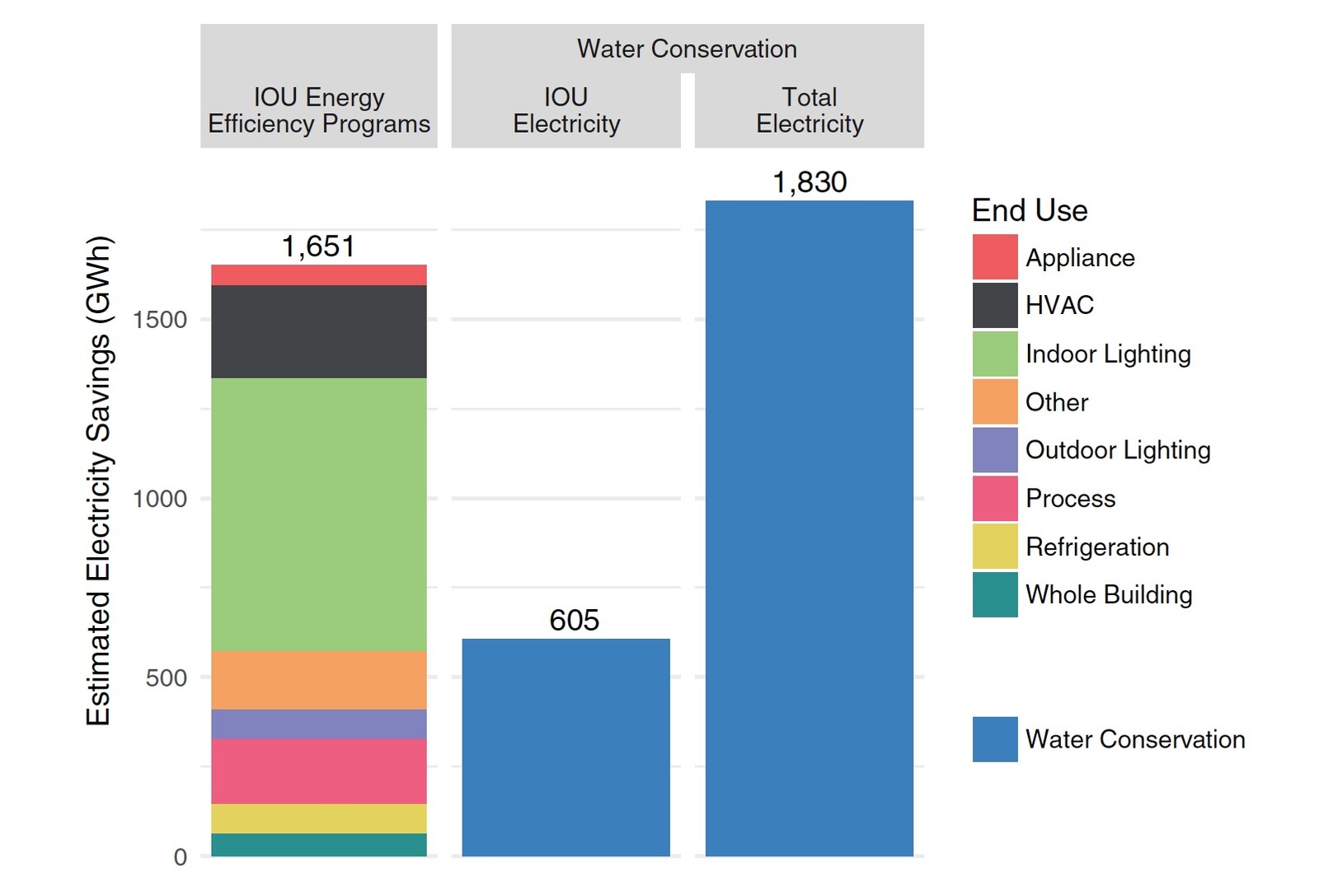
Link Between Water and Energy Conservation UC Davis Study
The International Energy Conservation Code® (IECC ®) establishes minimum requirements for energy-efficient buildings using prescriptive and performance-related provisions. It is founded on broad-based principles that make possible the use of new materials and new energy-efficient designs.

Pie chart energysaving measures. Download Scientific Diagram
What is the United States' share of world energy consumption? How much energy does a person use in a year? How much energy is consumed in the world by each end-use sector? How much U.S. energy consumption comes from renewable sources? Annual data and statistics for U.S. energy production and consumption.

6 Energy efficiency chart Download Scientific Diagram
2021 IECC Chapters and Appendices To address these interests, the IECC document contains sections focused on administration and definitions (Chapters 1-2), climate zones and general materials requirements (Chapter 3), energy efficiency requirements (Chapter 4), requirements for existing buildings (Chapter 5), and referenced standards (Chapter 6).

The pie chart in terms of seven renewable energy sources. Download Scientific Diagram
Ensure that your Load or Energy Calculations Are Based on Climate Data from ASHRAE: StationFinder—Search weather stations as published in the 2013, 2017, or 2021 ASHRAE Handbook—Fundamentals on a map by name or geographic location.; Weather Data Viewer 2021—Comprehensive climate data for the 9,237 stations listed in the 2021 ASHRAE Handbook—Fundamentals accessed via a user-friendly.
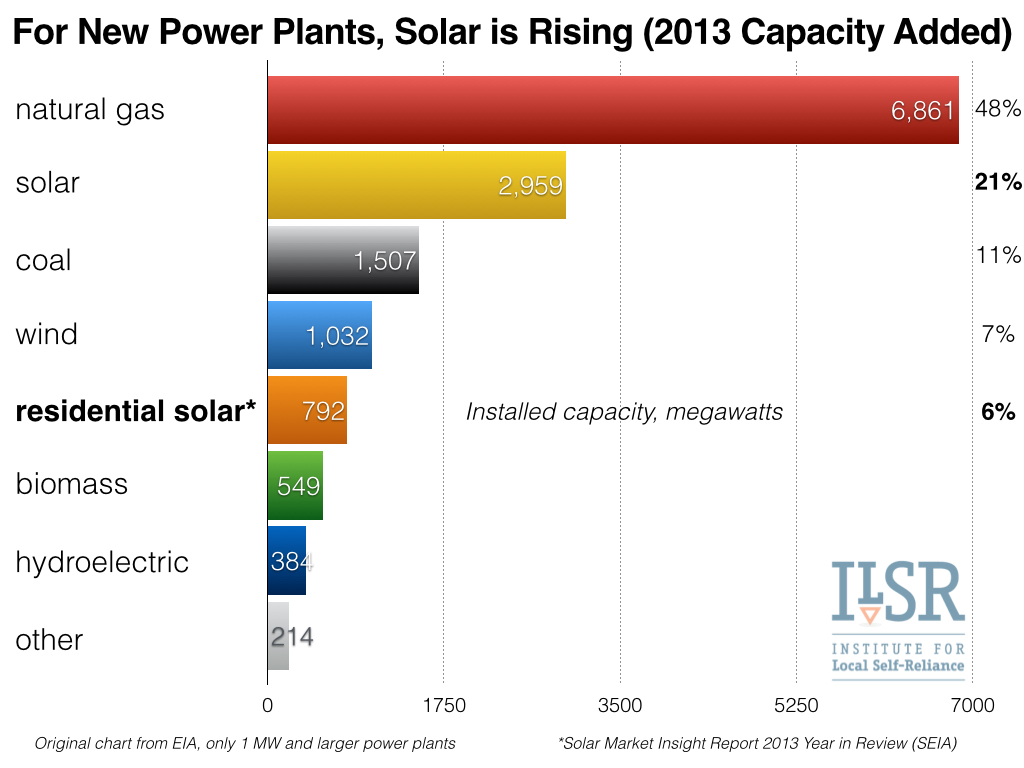
The Three Biggest Solar Charts of 2014 CleanTechnica
2020 Energy Conservation Construction Code of New York State (2020 ECCNYS), based on the 2018 edition of the International Energy Conservation Code and ASHRAE 90.1-2016, became effective on May 12th, 2020. Adopted as Local Law 048 of 2020 (Introduction No. 1816), the 2020 New York City Energy Conservation Code (2020 NYCECC), based on the 2020.

3D Energy Efficiency Chart Power/ Electricity Saving Concept a++, a+, a, B, C, D, E, F, G
The results were 2015 and 2018 IECCs that are only slightly more energy efficient than the 2012 version. 2021 IECC. The 2021 IECC was a dramatic success story, resulting in over 9% energy gains over the 2018 version. Governmental members came out in record numbers to make it clear that they supported a more efficient model code. 2024 IECC.
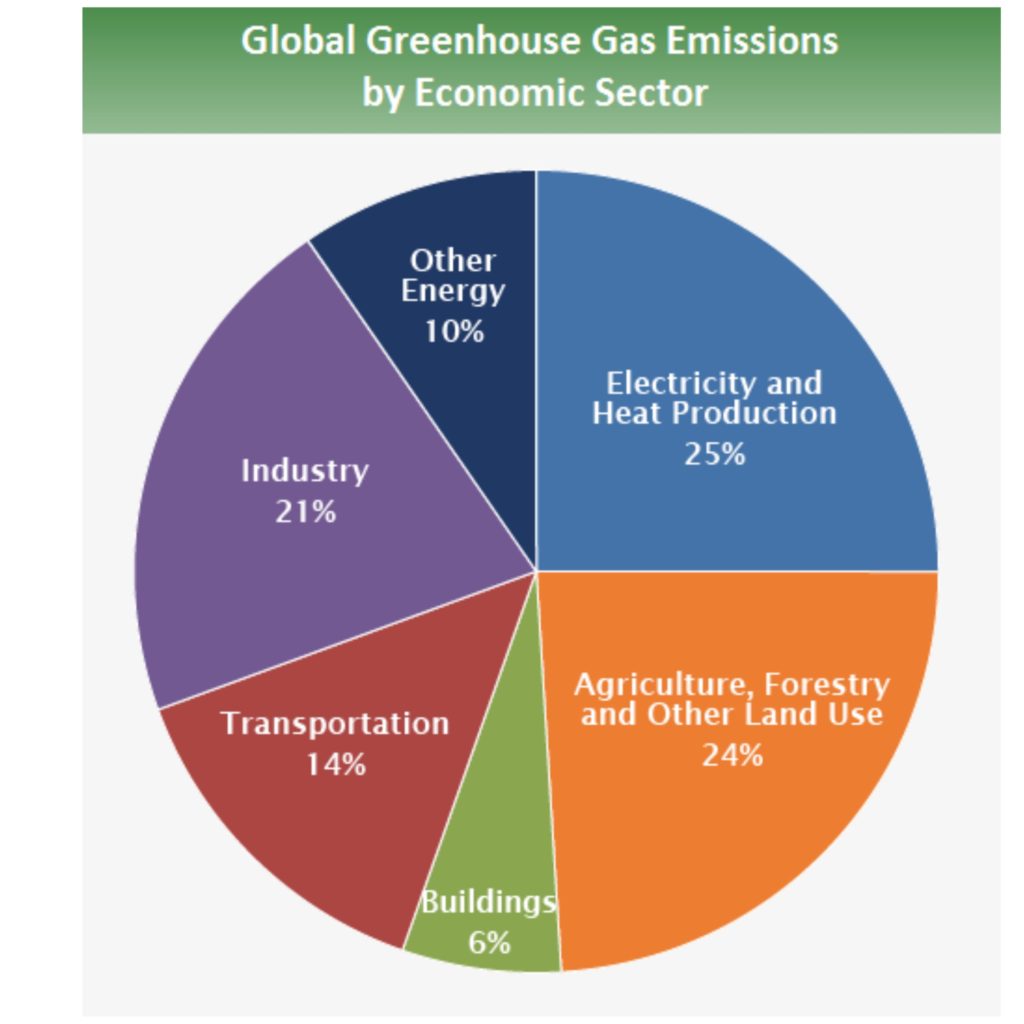
Charts that help us understand environmental issues • EarthyB
27. Step 1: Verify the project information matches the information on the plans. The code, city and state, and construction type will impact energy code compliance. Step 2: Verify the project complies with the applicable code. The Maximum UA must be greater than or equal to Your UA to demonstrate compliance.

Most efficient Solar Panels for 2023 Utility Resource Guide
The NSW Department of Climate Change, Energy, the Environment and Water (DCCEEW) works to protect the state's environment and heritage. It leads the way on climate change, driving the sustainable transition to a net zero economy, powered by affordable, reliable, and clean energy. DCCEEW conserves and protects the state's natural environment.

Energy Savers 2 818.366.6999 Energy Conservation
The IECC addresses energy efficiency on several fronts including cost savings, reduced energy usage, conservation of natural resources and the impact of energy usage on the environment. For the most current adoptions details go to International Code Adoptions
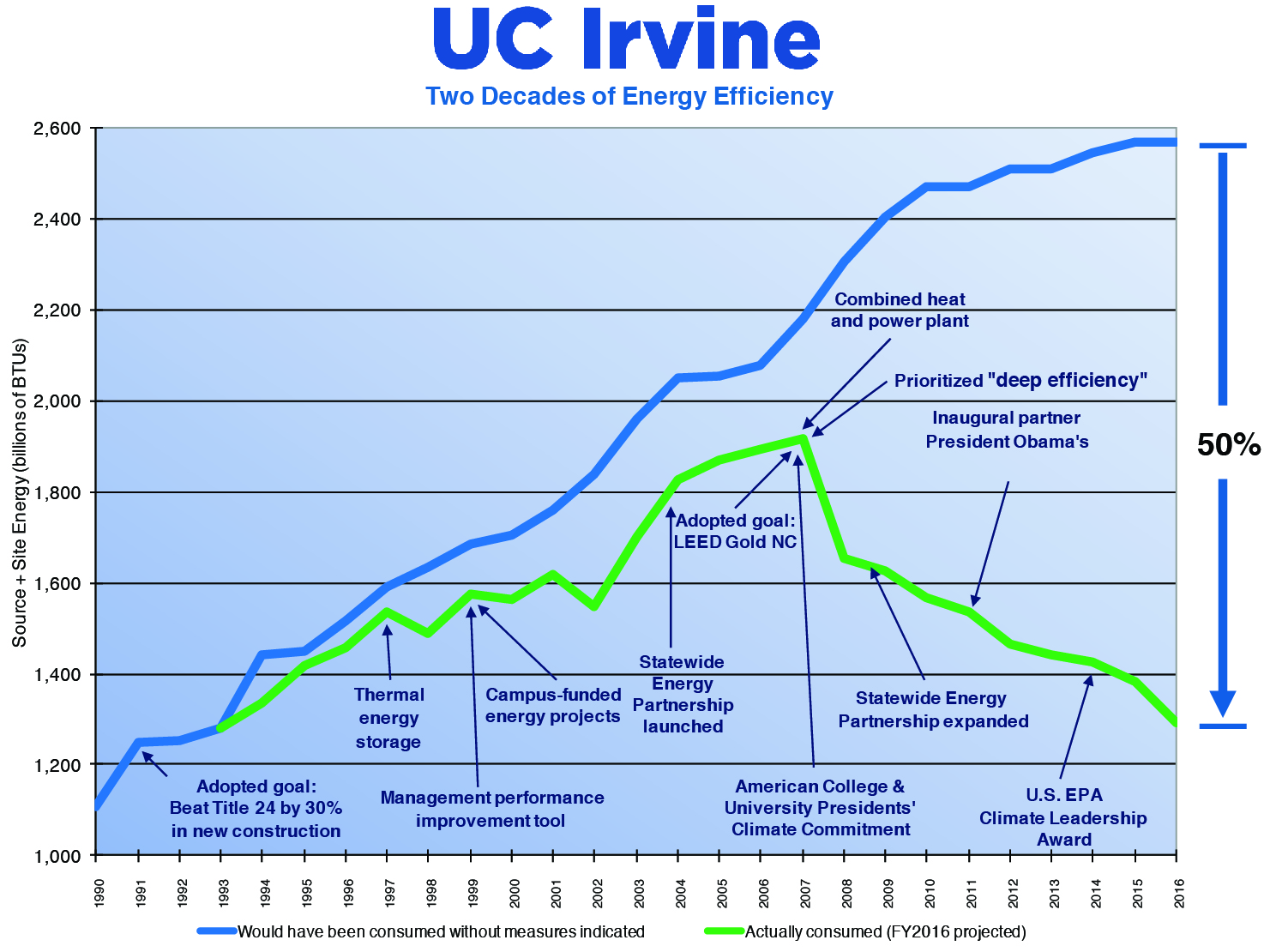
Energy UCI Sustainability
reduced energy usage, conservation of natural resources and the impact of energy usage on the environment. Key changes to the 2021 IECC improve efficiency by 9.4 percent and reduce greenhouse gases by 8.7 percent over the 2018 IECC; these changes include new provisions that increase efficiency and

How to draw save energy poster chart for school students ( very easy) st... Save energy poster
What is Energy Conservation? After being in the hospital, it is normal to feel tired and weak. You may also feel short of breath and have less energy to do the activities you are used to doing at home. Learning how to conserve your energy helps you build up your strength to take part in your daily activities and other things you enjoy doing.
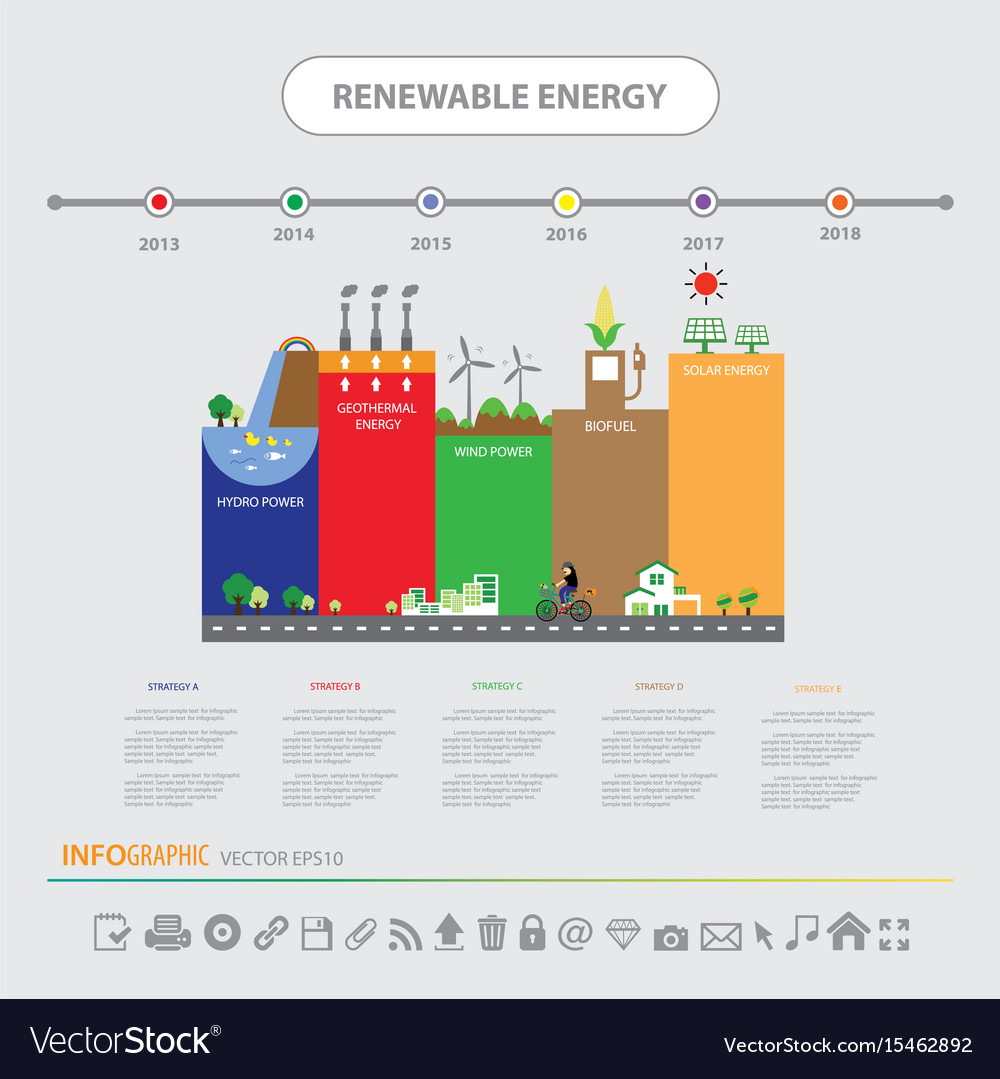
Info chart renewable energy biogreen ecology Vector Image
1. For buildings complying with Section R401.2.1, one of the additional efficiency package options shall be installed according to Section R408.2. 2. For buildings complying under with Section R401.2.2 , the building shall meet one of the following:
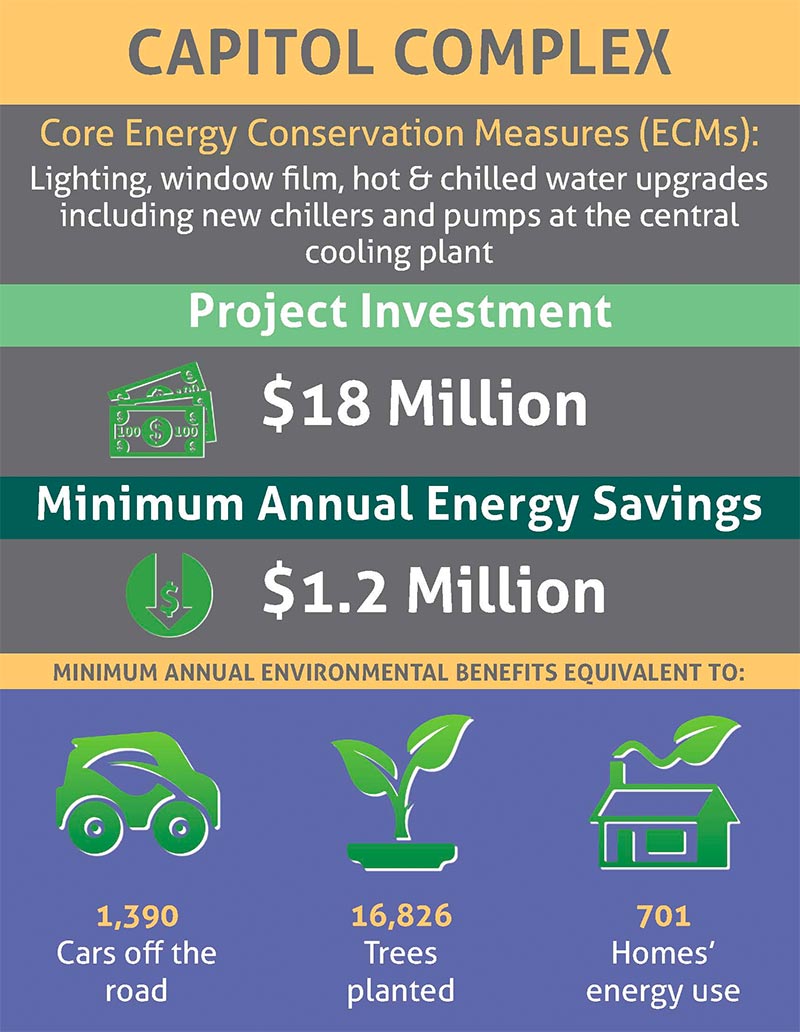
Home [www.dgs.pa.gov]
The IEA Energy Innovation Forum 2024 event will address the main challenges facing technologies moving from the innovation phase to early adoption, and how regulatory frameworks can support developers and innovators on this journey. The event will be structured around four key sessions: embracing the potential and opportunities in emerging.
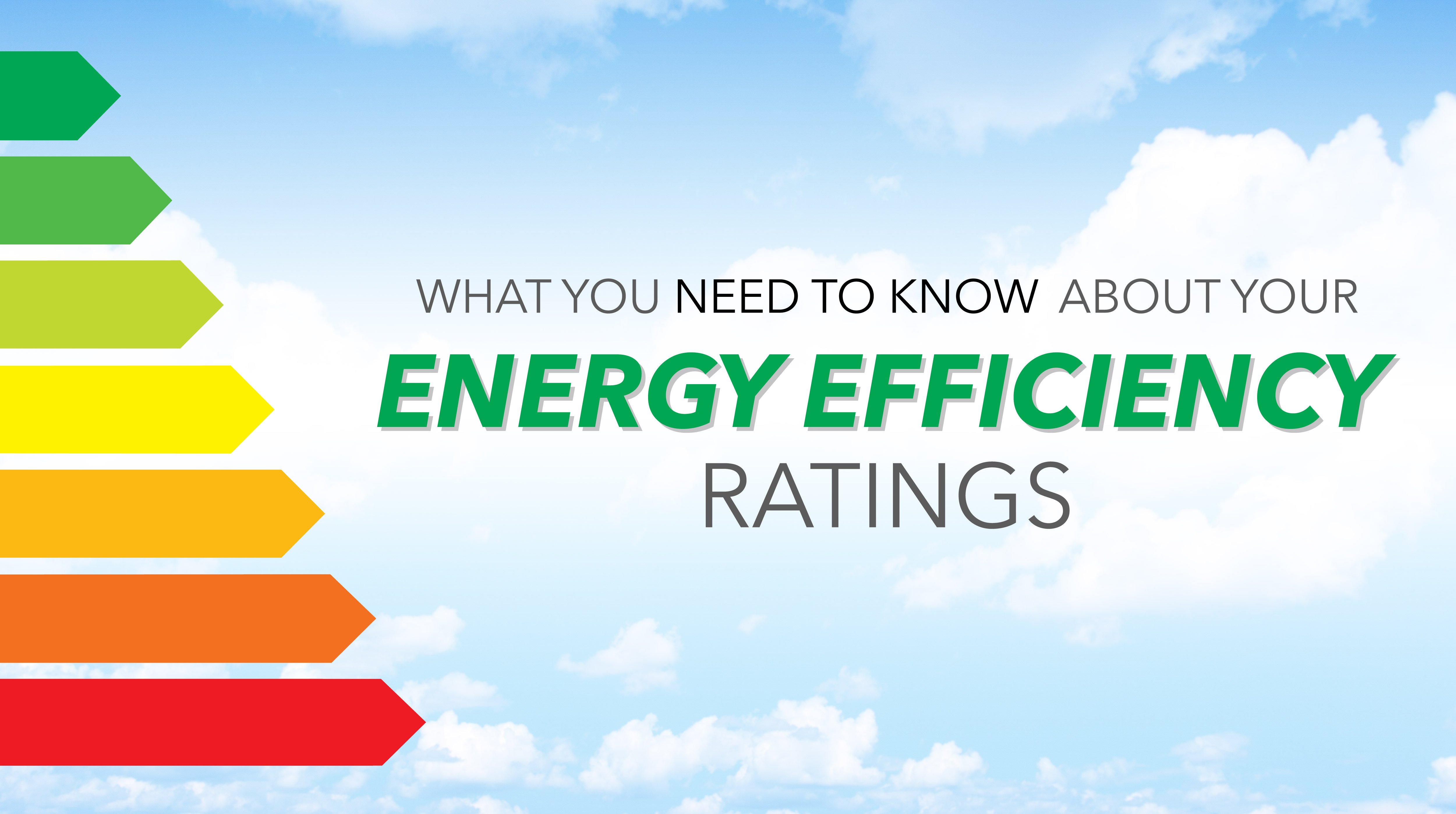
What You Need to Know About Your Energy Efficiency Ratings
An insulating material's resistance to conductive heat flow is measured or rated in terms of its thermal resistance or R-value -- the higher the R-value, the greater the insulating effectiveness. The R-value depends on the type of insulation, its thickness, and its density. The R-value of most insulations also depends on temperature, aging.